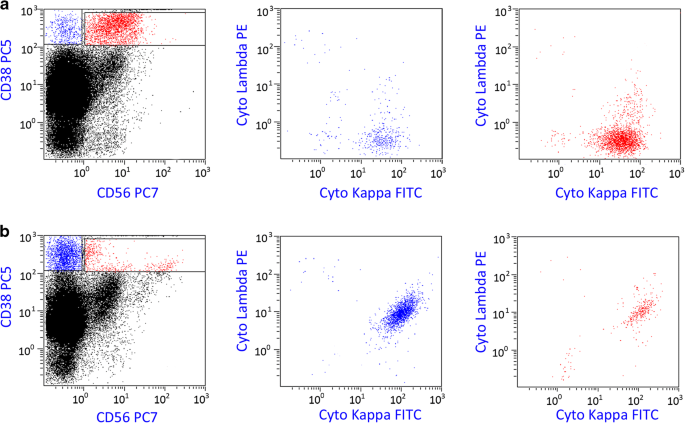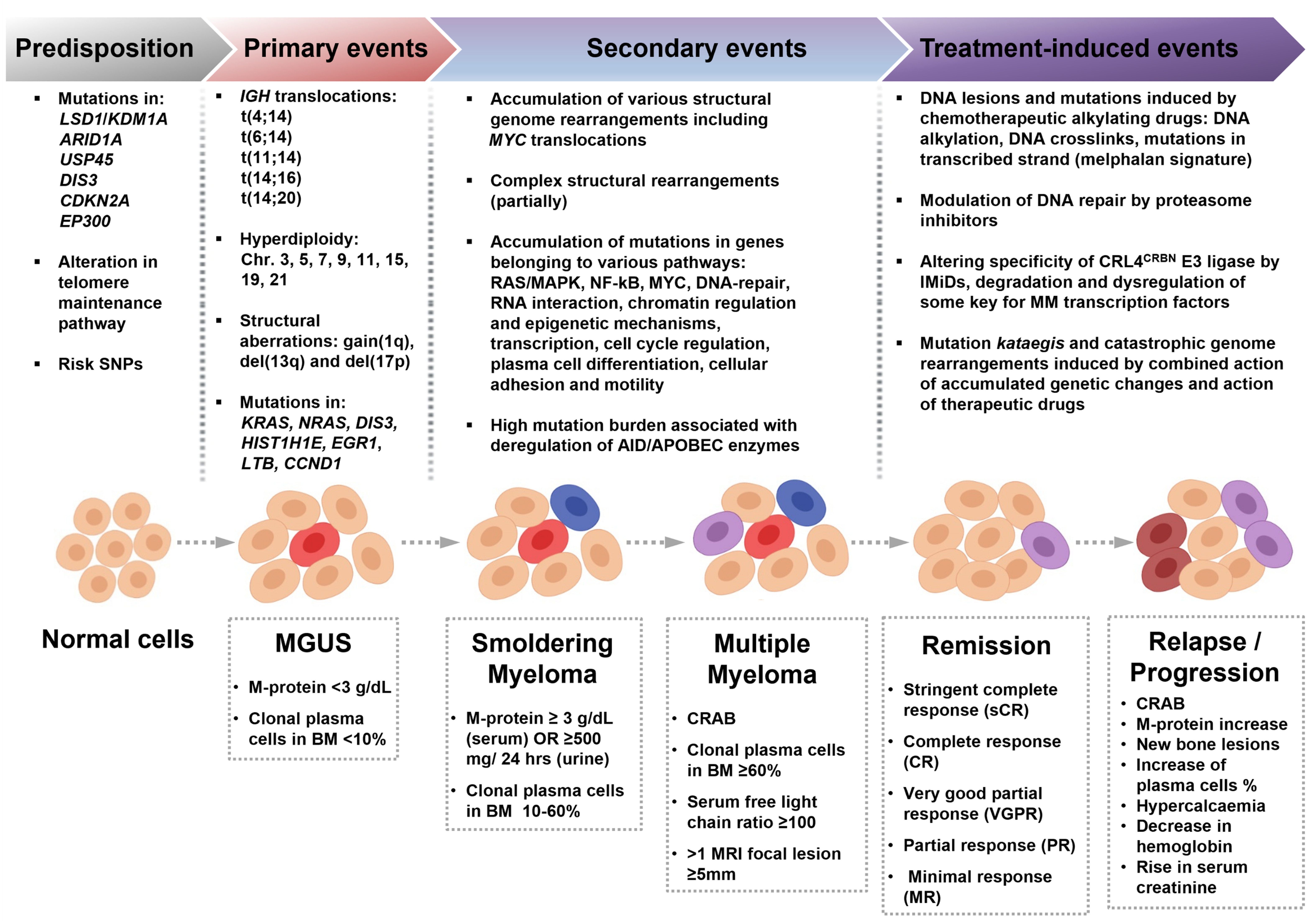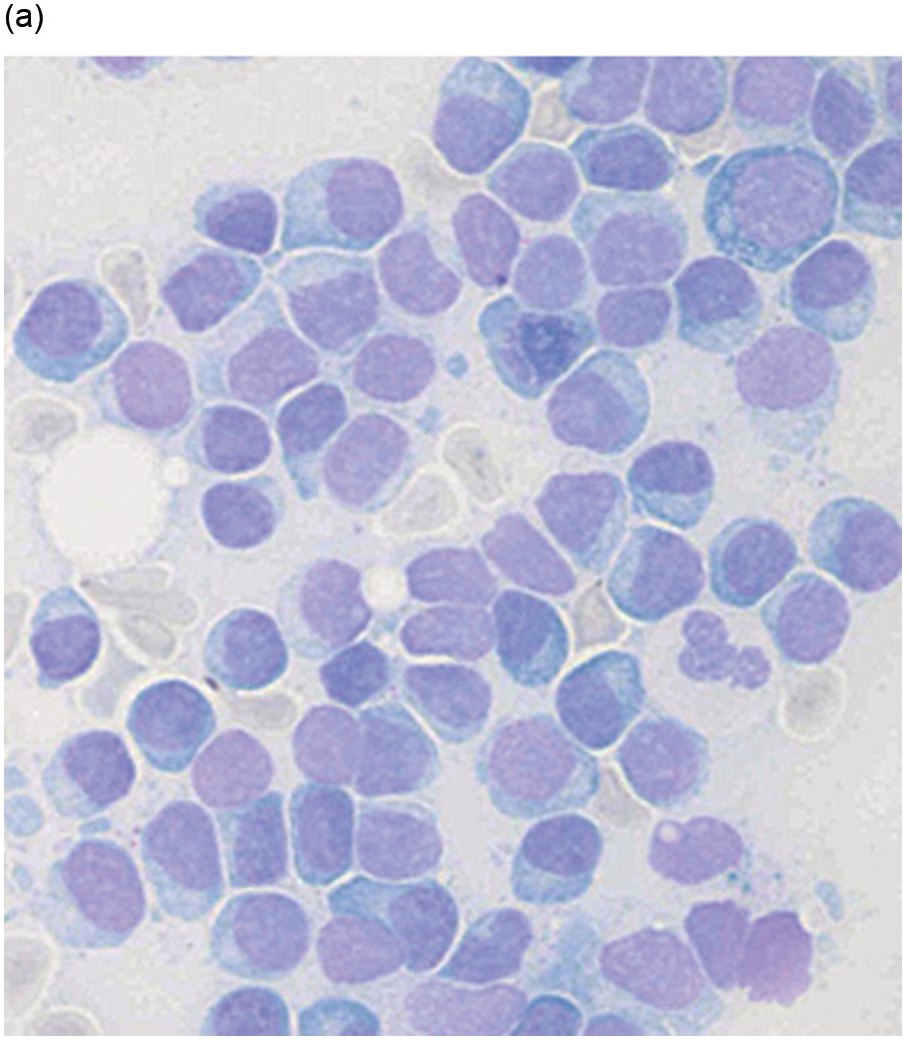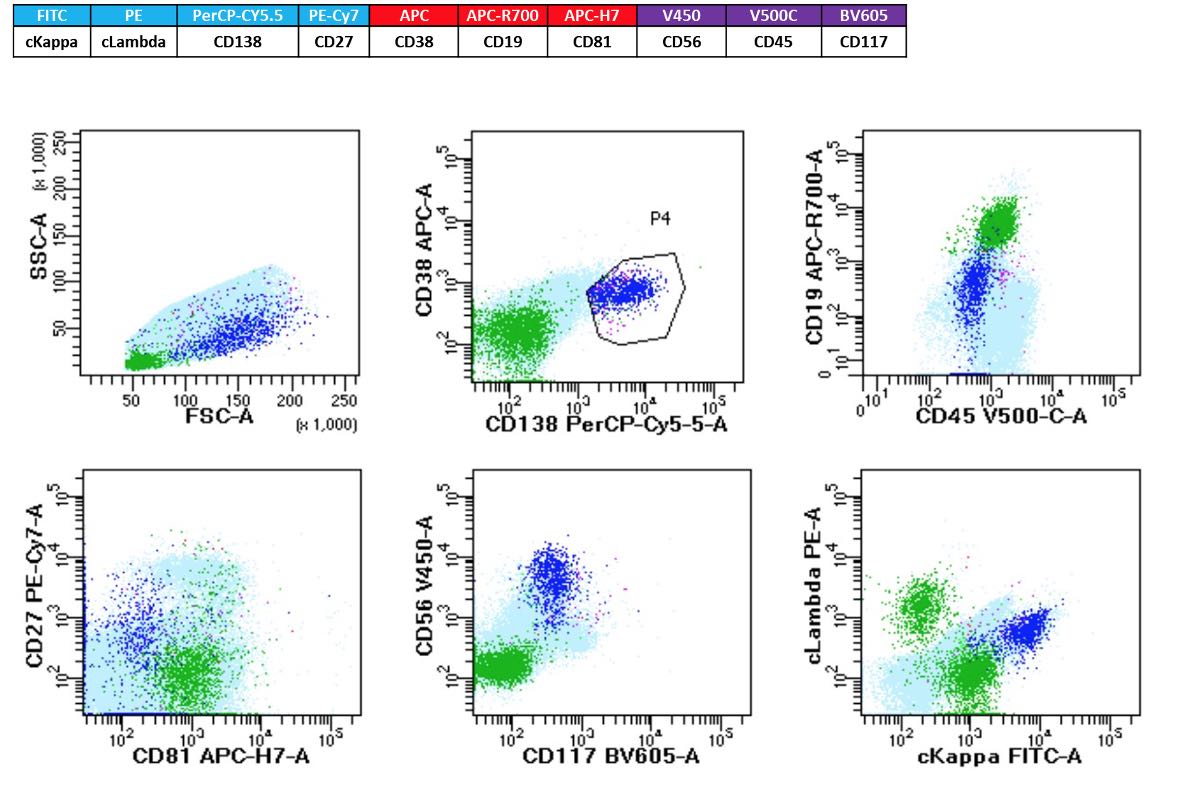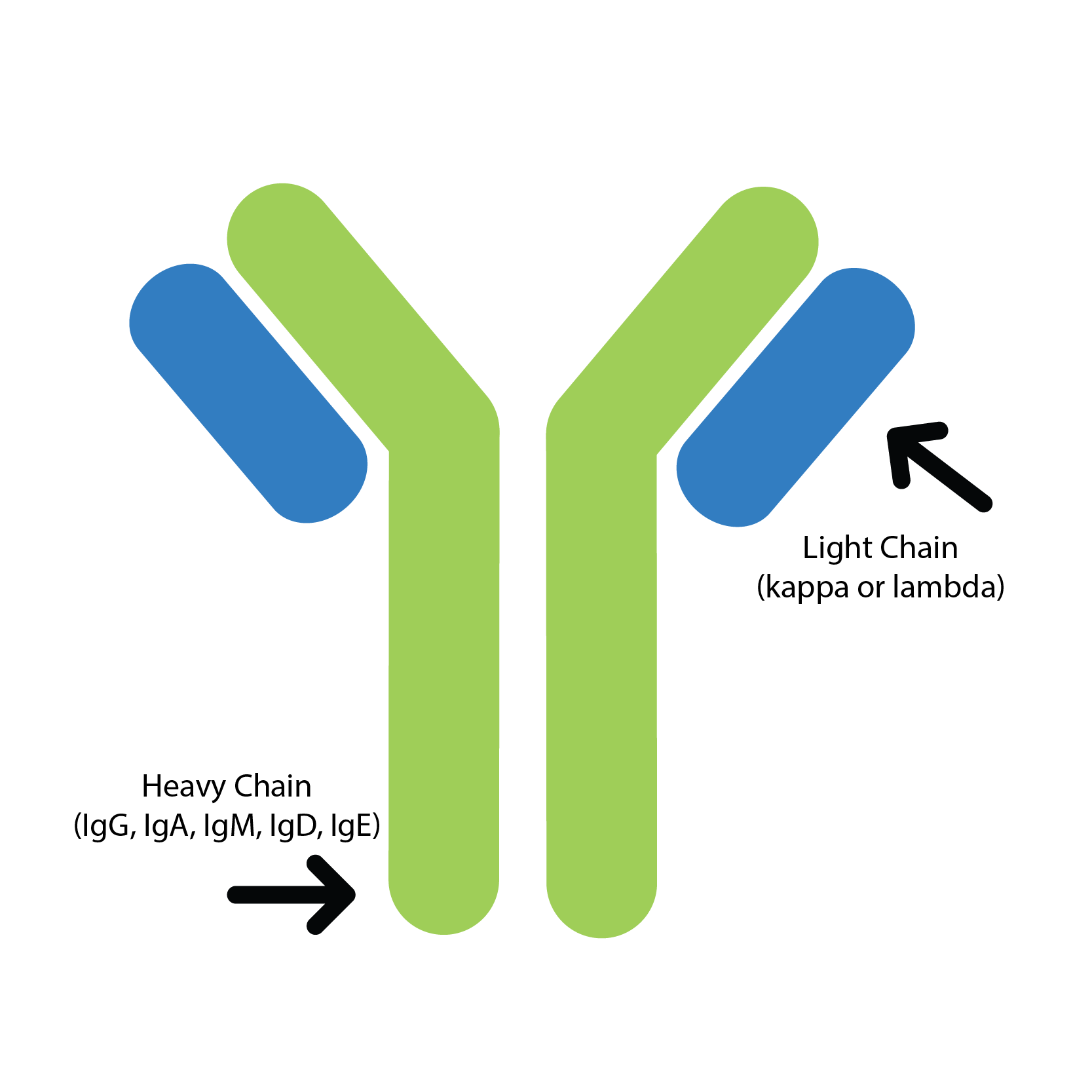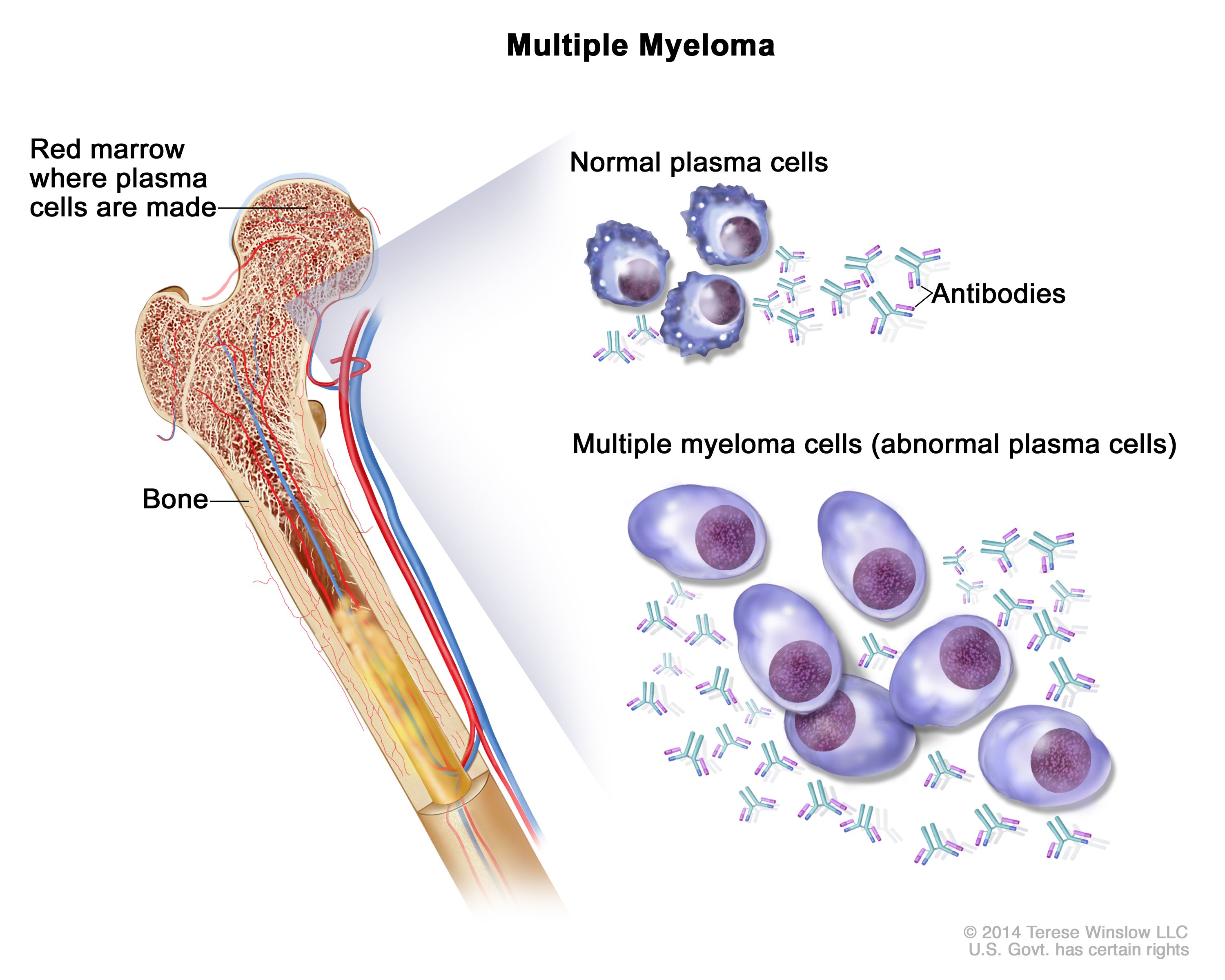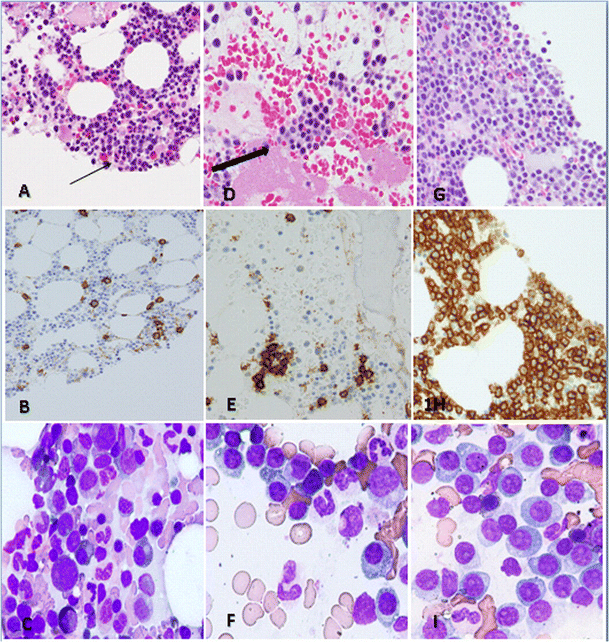
Clinical utility of morphology, immunohistochemistry, flow cytometry, and FISH analysis in monitoring of plasma cell neoplasms in the bone marrow | SpringerLink
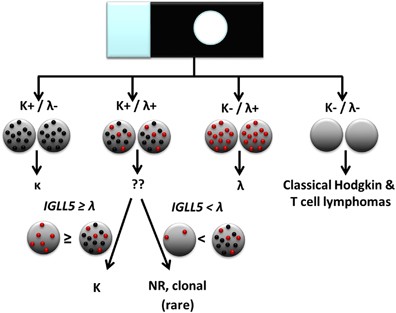
Ultrasensitive automated RNA in situ hybridization for kappa and lambda light chain mRNA detects B-cell clonality in tissue biopsies with performance comparable or superior to flow cytometry | Modern Pathology
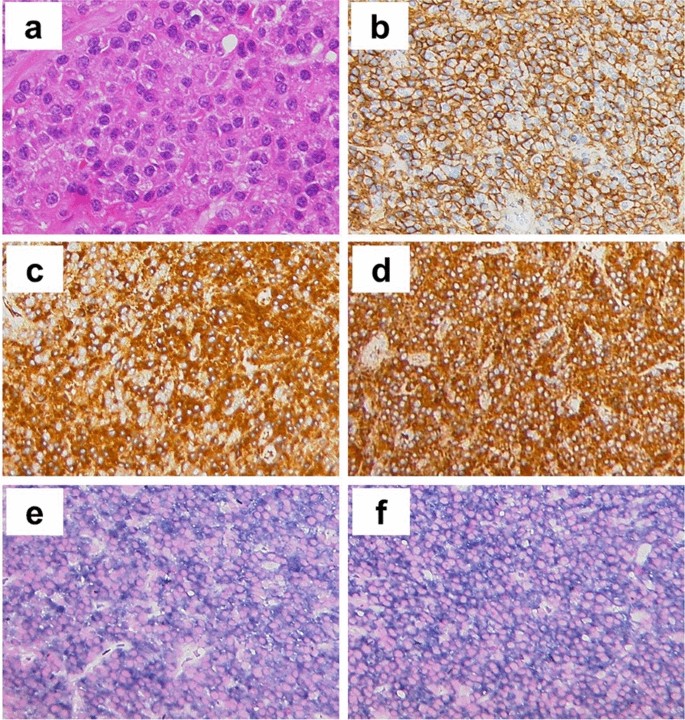
A case of solitary plasmacytoma of bone showing co-expression of both immunoglobulin light chains | European Journal of Medical Research | Full Text

Combined Schwannoma and Kappa-Restricted Plasma Cell Neoplasm: A Case Report and Review of the Literature

Kappa and lambda immunohistochemistry and in situ hybridization in the evaluation of atypical cutaneous lymphoid infiltrates - Hristov - 2020 - Journal of Cutaneous Pathology - Wiley Online Library
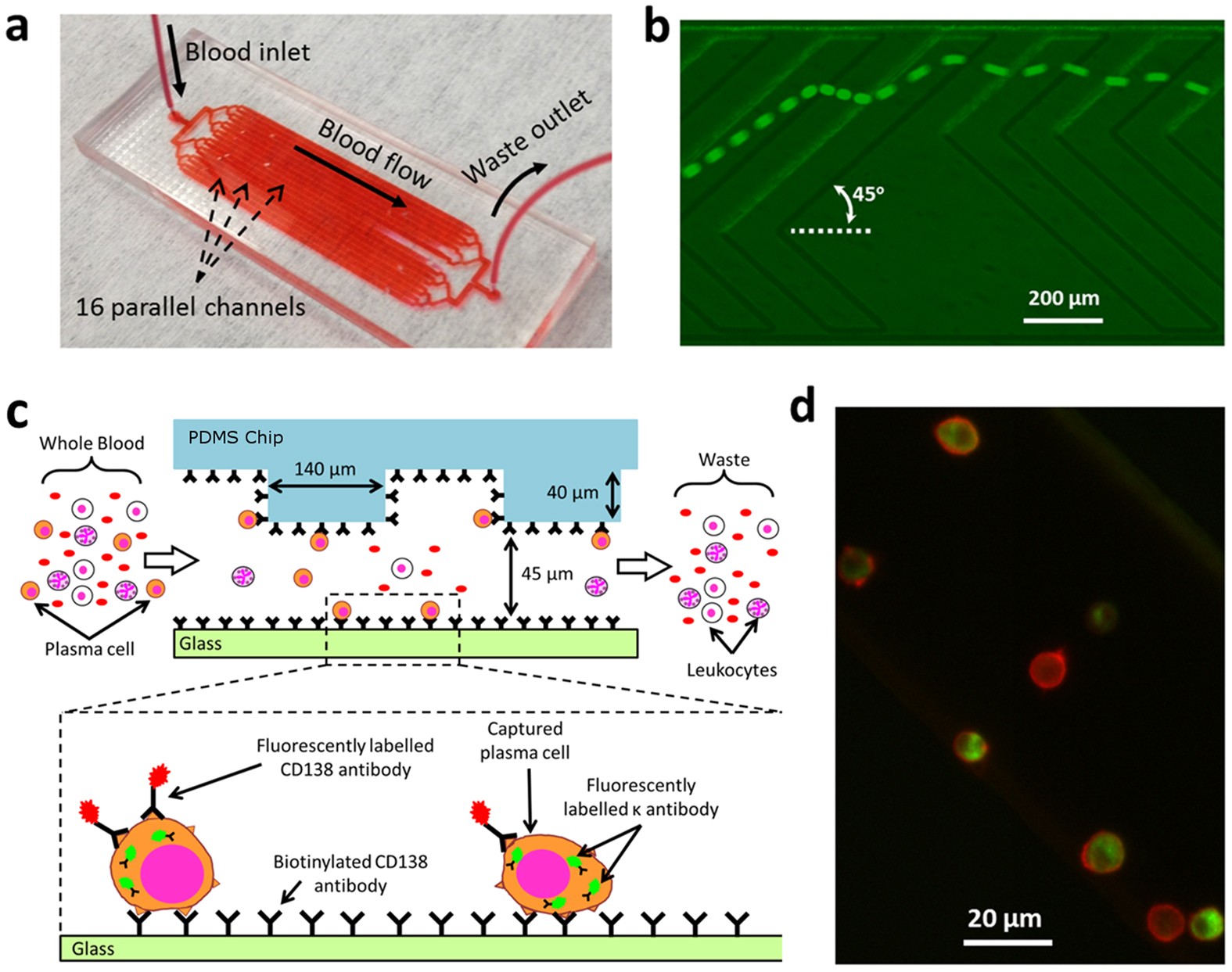
Isolation of Circulating Plasma Cells in Multiple Myeloma Using CD138 Antibody-Based Capture in a Microfluidic Device | Scientific Reports

Biclonal plasma cell myeloma with the simultaneous appearance of both secretory lambda and nonsecretory kappa monoclonal light chains
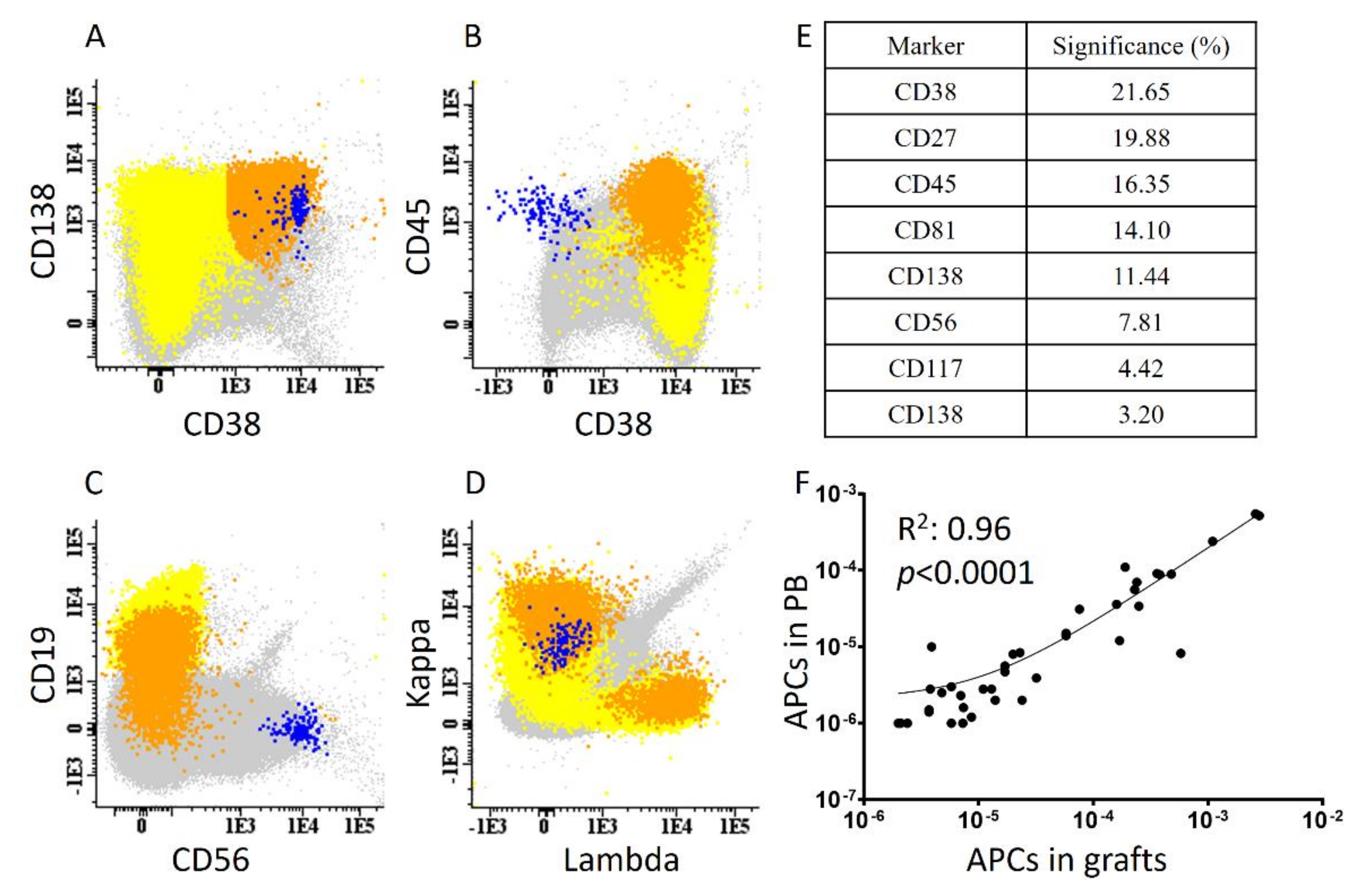
Cancers | Free Full-Text | Aberrant Plasma Cell Contamination of Peripheral Blood Stem Cell Autografts, Assessed by Next-Generation Flow Cytometry, Is a Negative Predictor for Deep Response Post Autologous Transplantation in Multiple

Immunohistochemistry evidenced kappa immunoglobulin light chain (A)... | Download Scientific Diagram

Initial (and incidental) diagnosis of plasma cell neoplasm in the liver and gastrointestinal tract – Lessons to be learnt from two cases and literature review - ScienceDirect

Kappa and lambda immunohistochemistry and in situ hybridization in the evaluation of atypical cutaneous lymphoid infiltrates - Hristov - 2020 - Journal of Cutaneous Pathology - Wiley Online Library

Cureus | Secondary Plasma Cell Leukemia in a Recurrent Multiple Myeloma: Rare Case Scenario | Article
